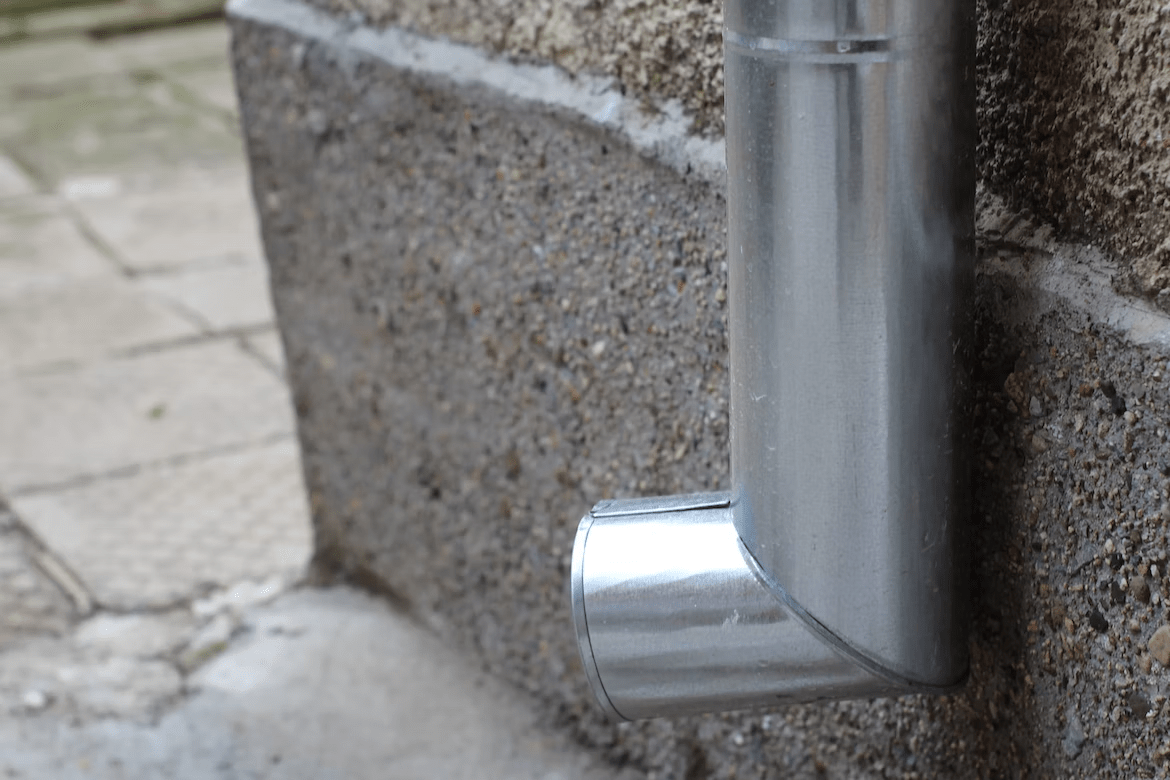Table of Contents
Choosing the proper drainage system for your house is important. Each type serves a different purpose and depending on your needs, you may benefit more from one type instead of another. As such, you should know about the different drainage systems available for your home so that you can choose the right one.
That being said, why should you even bother with a drainage system? Similarly, if you do decide to install a drainage system, why does it matter what type you choose and how do you know which one is best?
In the guide below, we’ll go over why the proper drainage system is important for your home as well as the different types of drain systems and their uses.
Why are drainage systems important?
Drainage systems are put in place as a preventative measure. When installed early on, they can reduce the risks of water damage and save your home from flooding. With the average water damage claim costing over $11,000, it’s no surprise that most homeowners work hard to prevent the problem from ever arising.
Simply installing a drainage system can prevent the majority of home water damage causes, and can be done quickly and easily by a professional. Once installed, you won’t have to worry about water pooling around your home’s foundation or impacting the structural integrity of your home as a whole.
For homes with basements, installing the proper drainage system is vital to prevent water from soaking through the soil and damaging your home. Every year, about 98% of home basements will be flooded, either from storms or plumbing issues. While you can’t prevent every risk of water damage, drainage systems will help reduce the chances that your home is flooded.
Types of drainage systems
There are many different ways you can drain water from your property which means you’ll find a variety of types of drainage systems. Depending on the way your property runs or the problem you face, you may choose one type of drainage system over another. In some cases, though, you may be able to benefit from a few different systems.
Surface drain
As the name implies, surface drains lie on the surface of the ground and help encourage surface water drainage. They use a channel or trench to direct water away from your home and are covered by grates. Either the ditch in the ground or the drain itself may be sloped in order to facilitate drainage.
A common type of surface drain is the trench drain. It is used in areas where puddles may form or to help remove water from driveways. They’re sturdy enough to be driven over but low enough in the ground not to cause problems for vehicles or people that need to move past them.
Subsurface drain
Subsurface drains hide just below the surface of the soil. They are often referred to as French drains and sit in the roots of the grass. Again, these types of drains use channels and pipes to redirect water away from the home. As these drains sit at the root level, they are best for removing excess water that may get trapped in the soil and leak into your home’s foundation.
Subsurface drains, specifically French drains, are especially common in residential areas to keep homes safe. They may use a sump pump to encourage water to move through the pipe system or they may be sloped in the direction of drainage.
Subsurface drains often empty into a cistern or sewage system. If you live in a residential block, it is likely that there is already a subsurface drainage system in place that’s directly connected to the city’s sewage system. This will prevent public park areas from being flooded without the need for visible drains.
Slope drain
Slope drains often use the assistance of pipes in order to drain water downhill and using a slope. The pipes are anchored on an incline and use gravity to do all the work of moving the excess water.
Slope drains work best in areas with steep slopes and encourage faster drainage. While you may already have decent water runoff, slope drains to ensure that water doesn’t remain stagnant or begin to pool with excess rain or stormwater. At the end of the drain, the water will either be directed into a cistern or the sewage system. If there’s a nearby water source, such as a river or lake, then the drain may empty there.
Downspout and gutter system
Downspouts and gutters are used to drain water from your roof. There are gutter systems both for flat roofs and for sloped roofs, so depending on how your home was built, you may need to look into a special kind of gutter system.
With a downspout and gutter system, water is removed from your roof and directed away from your home’s foundation. Rather than letting the water drip over the edge of the roof and right into your foundation, gutters direct it to a downspout at the end of your home. The downspout may drain out onto the surface of the ground or be buried and connected to a cistern or sewage system.
Downspouts that drain water onto the surface of the ground are aimed away from home, but won’t move the water very far. If you’re concerned about drained water pooling near your home, then you can connect the downspout to an underground drainage system that directs water into the city’s sewage system or a cistern.
Understanding the importance of home drainage systems
As a homeowner, it’s your responsibility to protect your home from potential hazards. While rainwater may not be the biggest concern you have, it’s still important that your home has the proper drainage system in place so that stagnant or pooled water doesn’t have the chance to damage your home.
When it comes to picking the type of drainage system for your home, it will depend on your property and the problem you are trying to avoid. If you aren’t sure which system is best, though, a professional will always be able to help and can advise you on the best course of action.



